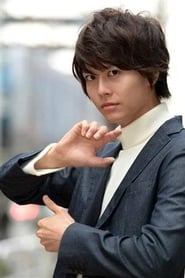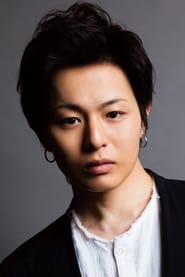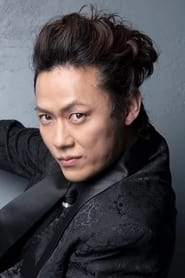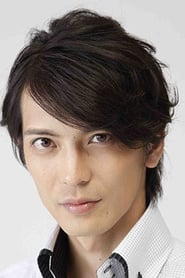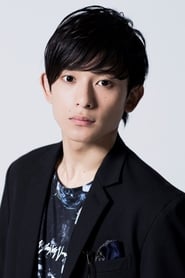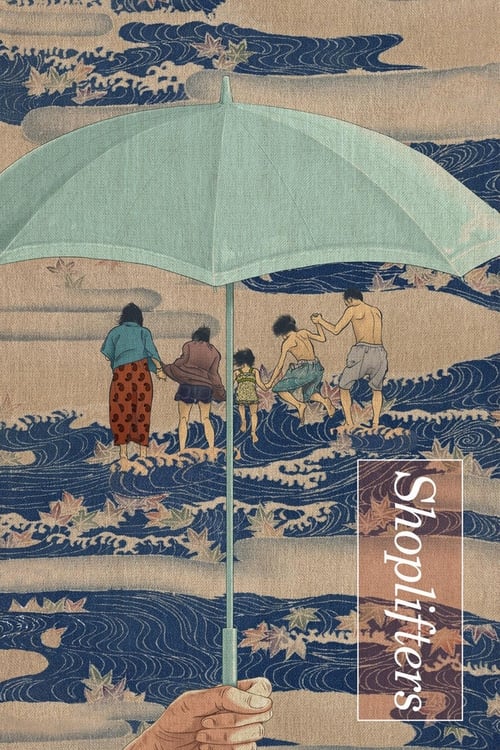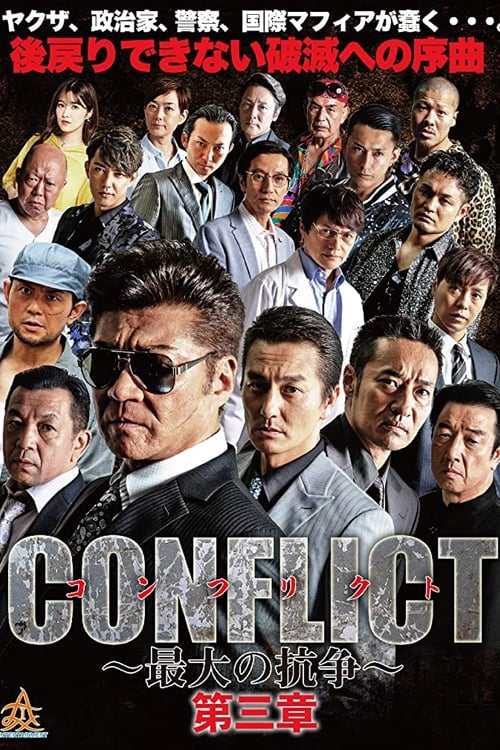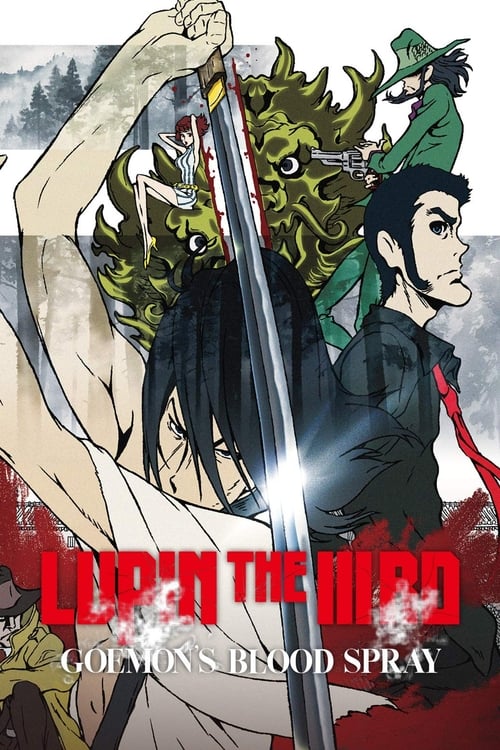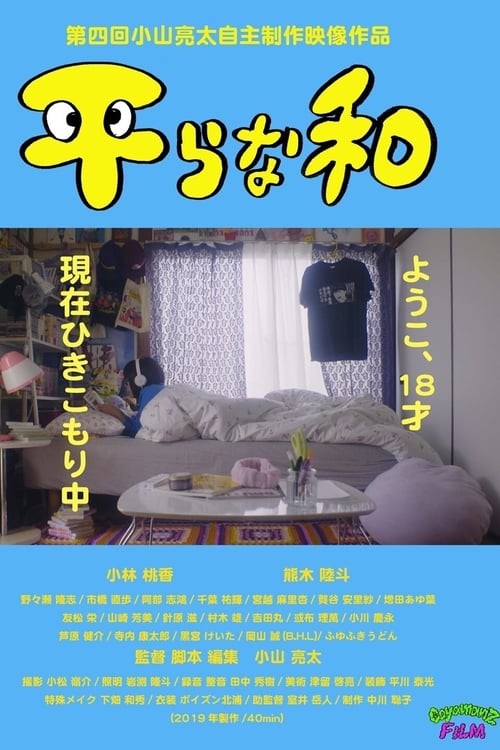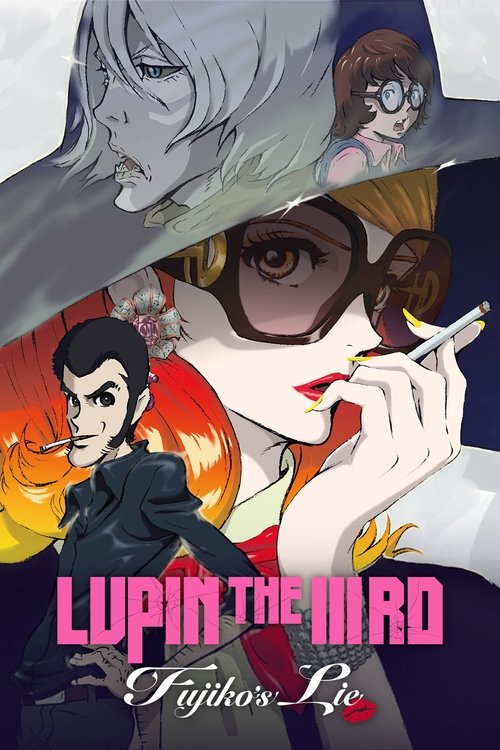
Ask Your Own Question
What is the plot?
More Movies Like This
Browse All Movies →What is the ending?
In the ending of "Bungo Stray Dogs on Stage: Dark Era," the conflict reaches its climax as the characters confront their pasts and the consequences of their actions. The story concludes with a resolution of the main conflicts, showcasing the growth and struggles of the characters, particularly focusing on the themes of friendship, loyalty, and the burden of one's choices.
As the final act unfolds, the stage is set for a confrontation between the Armed Detective Agency and the Port Mafia. The tension is palpable as the characters grapple with their motivations and the weight of their decisions. The climax sees a fierce battle, where each character's abilities and resolve are tested. Ultimately, the characters find a way to reconcile their differences, leading to a bittersweet resolution that emphasizes the importance of understanding and forgiveness.
As the final scenes of "Bungo Stray Dogs on Stage: Dark Era" unfold, the atmosphere is thick with tension. The stage is dimly lit, casting long shadows that reflect the inner turmoil of the characters. The audience can feel the weight of the impending confrontation between the Armed Detective Agency and the Port Mafia, a culmination of the conflicts that have been brewing throughout the narrative.
The scene opens with Atsushi Nakajima standing at the forefront, his expression a mix of determination and fear. He is acutely aware of the stakes involved, not just for himself but for his friends and allies. His internal struggle is evident as he recalls the moments that led him to this point, the choices he made, and the bonds he formed. The sound of footsteps echoes ominously, signaling the approach of the Port Mafia.
As the Port Mafia members enter, led by the imposing figure of Chuuya Nakahara, the tension escalates. Chuuya's eyes burn with intensity, reflecting his unwavering loyalty to the Mafia, yet there is a flicker of doubt as he faces his former allies. The confrontation is not just physical; it is a clash of ideologies, a battle between the paths they have chosen. The dialogue is sharp, filled with accusations and regrets, as both sides grapple with their pasts.
The fight erupts, and the stage transforms into a chaotic battlefield. Each character showcases their unique abilities, with Atsushi transforming into a powerful tiger, embodying his struggle for acceptance and strength. Dazai Osamu, with his cunning intellect, maneuvers through the chaos, his motivations shrouded in mystery. The choreography of the fight is dynamic, with swift movements and dramatic pauses that highlight the emotional stakes involved.
As the battle rages on, the characters begin to realize that their true enemy is not each other but the circumstances that have led them to this point. In a pivotal moment, Atsushi reaches out to Chuuya, urging him to remember their shared humanity. This moment of vulnerability cuts through the tension, and for a brief instant, the fighting halts as both sides reflect on their choices.
The climax reaches its peak when a critical decision must be made. Dazai, torn between his loyalty to the Mafia and his desire to protect his friends, makes a sacrifice that alters the course of the battle. His actions lead to a moment of clarity for Chuuya, who ultimately chooses to stand down, recognizing the futility of their conflict. The stage is filled with a heavy silence as the realization sinks in.
In the aftermath, the characters are left to confront the consequences of their actions. Atsushi, now more resolute than ever, vows to protect those he cares about, understanding that true strength lies in unity and compassion. Chuuya, though still bound to the Port Mafia, reflects on the choices he has made, hinting at a potential change in his path.
As the curtain begins to fall, the characters stand together, a symbol of their shared struggles and the bonds they have forged. The audience is left with a sense of hope, as the characters embrace their futures, aware of the challenges that lie ahead but determined to face them together. The final scene captures the essence of their journey, emphasizing the importance of understanding, forgiveness, and the enduring power of friendship.
Is there a post-credit scene?
In "Bungo Stray Dogs on Stage: Dark Era," there is indeed a post-credit scene that adds an intriguing layer to the narrative. After the main story concludes, the stage lights dim, and the audience is left in a moment of silence, creating a sense of anticipation.
The scene opens with a spotlight illuminating a solitary figure on stage, revealing it to be Dazai Osamu. He stands with his characteristic nonchalance, a slight smirk playing on his lips. The atmosphere is charged with a mix of humor and tension as he begins to address the audience directly, breaking the fourth wall. Dazai's playful demeanor contrasts sharply with the darker themes explored throughout the play, showcasing his complex personality.
As he speaks, he reflects on the events that transpired during the main storyline, hinting at the deeper struggles and relationships among the characters. His words are laced with irony and a touch of melancholy, revealing his internal conflict and the weight of his past decisions. The audience can sense his longing for connection, even as he masks it with humor.
The scene transitions to a brief interaction with another character, likely Chuuya Nakahara, who enters the stage with a frustrated expression. Their banter is quick and sharp, filled with the familiar tension that fans of the series recognize. This exchange serves to highlight their complicated partnership, filled with both rivalry and camaraderie.
As the post-credit scene draws to a close, Dazai's expression shifts momentarily to one of seriousness, hinting at future challenges and the ongoing battle against their enemies. The lights fade, leaving the audience with a lingering sense of curiosity and excitement about what lies ahead for the characters, effectively setting the stage for potential future stories in the "Bungo Stray Dogs" universe.
How does the theme of betrayal manifest in the relationships between characters?
Betrayal is a recurring theme in 'Bungo Stray Dogs on Stage: Dark Era,' manifesting through the complex relationships between characters. Key moments of betrayal occur between allies and mentors, particularly involving Dazai and Akutagawa, as well as the shifting loyalties within the Port Mafia. These betrayals are often driven by personal ambitions, misunderstandings, and the harsh realities of their world. The emotional weight of these betrayals adds depth to the characters' motivations, leading to intense confrontations and moments of reflection that challenge their beliefs and alliances.
What is the significance of the conflict between the Armed Detective Agency and the Port Mafia in Dark Era?
The conflict between the Armed Detective Agency and the Port Mafia in 'Bungo Stray Dogs on Stage: Dark Era' serves as a backdrop for exploring themes of loyalty, morality, and the consequences of power. The rivalry is not just a physical confrontation but also a clash of ideologies, with the Agency representing justice and the Mafia embodying chaos and ambition. This tension drives the characters' motivations, particularly as they navigate their personal beliefs and the impact of their choices on their relationships.
How does the character of Dazai Osamu evolve throughout the story?
Dazai Osamu's character in 'Dark Era' is marked by his complex motivations and emotional struggles. Initially portrayed as a carefree and enigmatic figure, his interactions reveal a deeper sense of despair and a longing for connection. As the story unfolds, Dazai grapples with his past and the weight of his decisions, particularly in relation to his ties with the Port Mafia and his role in the Agency. His evolution is highlighted by moments of vulnerability, showcasing his internal conflict between his desire for a meaningful life and his inclination towards self-destruction.
What role does the character of Akutagawa Ryunosuke play in the narrative?
Akutagawa Ryunosuke plays a pivotal role in 'Bungo Stray Dogs on Stage: Dark Era' as a member of the Port Mafia, embodying the themes of ambition and rivalry. His character is driven by a fierce desire to prove himself, particularly in the shadow of his mentor, Dazai. Throughout the narrative, Akutagawa's motivations are fueled by a mix of admiration and resentment, leading to intense confrontations with other characters, especially Atsushi Nakajima. His journey reflects the struggle for identity and recognition within the ruthless environment of the Mafia.
What is the relationship between Atsushi Nakajima and his ability to transform into a tiger?
Atsushi Nakajima's ability to transform into a tiger is central to his character arc in 'Dark Era.' This power symbolizes his struggle with self-acceptance and the fear of his own potential. Initially, Atsushi is portrayed as insecure and unsure of his place within the Armed Detective Agency. His transformation serves as both a blessing and a curse, representing his inner turmoil and the external challenges he faces. As the story progresses, Atsushi learns to embrace his abilities, which becomes a crucial aspect of his growth and his role in the conflict against the Port Mafia.
Is this family friendly?
"Bungo Stray Dogs on Stage: Dark Era" contains several elements that may not be suitable for children or sensitive viewers. Here are some potentially objectionable aspects:
-
Violence: The narrative includes scenes of physical confrontations and battles, which may be intense and graphic in nature. Characters engage in fights that can be brutal, showcasing injuries and the consequences of violence.
-
Death and Loss: Themes of mortality are prevalent, with characters facing death or the loss of loved ones. This can evoke strong emotional responses and may be distressing for younger audiences.
-
Dark Themes: The story delves into themes of betrayal, despair, and moral ambiguity. Characters grapple with their pasts and make difficult choices, which can be heavy and complex for younger viewers to process.
-
Psychological Tension: There are moments of psychological conflict and emotional turmoil among characters, which may be unsettling for some. The exploration of darker aspects of human nature can be intense.
-
Mature Language: While not excessively vulgar, there may be instances of strong language that could be inappropriate for younger audiences.
Overall, while the production is rich in storytelling and character development, its darker themes and intense scenes may not be suitable for all viewers, particularly children or those sensitive to such content.




